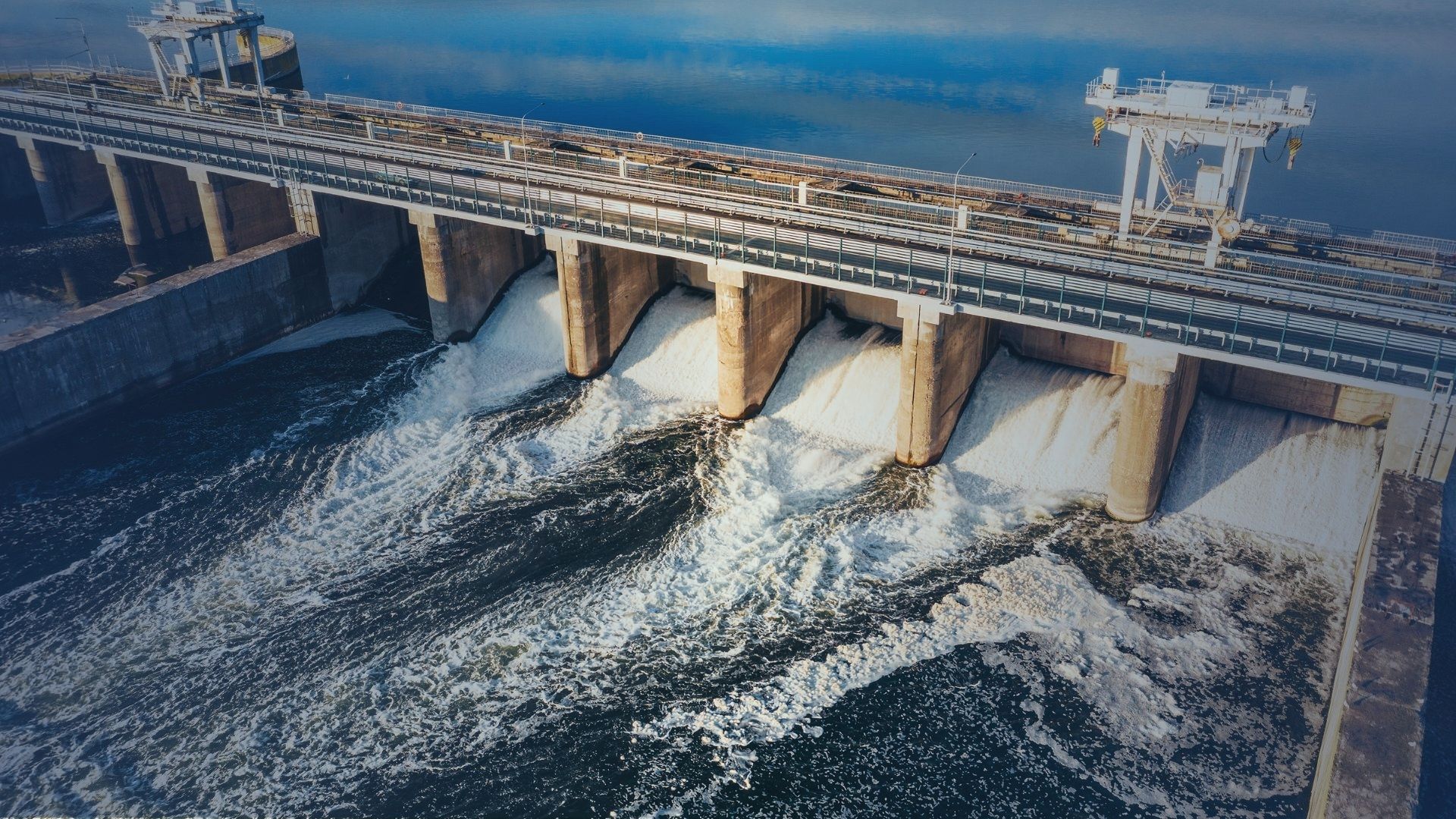Empowering communities with affordable and clean energy solutions
1.1B
People without access to electricity globally.
13%
Global population relying on renewable energy.
38%
Reduction in CO2 emissions with renewable energy adoption.
Affordable and Clean Energy: Why It Matters
What’s the Goal Here?
To ensure access to affordable, reliable, sustainable, and modern energy for all.
Why?
Our everyday lives depend on reliable and affordable energy services to function smoothly and to develop equitably. A well-established energy system supports all sectors: from businesses, medicine, and education to agriculture, infrastructure, communications, and high-technology. Conversely, lack of access to energy supplies and transformation systems is a constraint to human and economic development.
I Have Access to Electricity. Why Should I Care About This Goal?
For many decades, fossil fuels such as coal, oil, or gas have been major sources of electricity production, but burning carbon fuels produces large amounts of greenhouse gases which cause climate change and have harmful impacts on people’s well-being and the environment. This affects everyone, not just a few. Moreover, global electricity use is rising rapidly. In a nutshell, without a stable electricity supply, countries will not be able to power their economies.
How Many People Are Living Without Electricity?
Just under 1 billion people of the world’s population do not have access to electricity. 16 out of 20 countries with the largest deficits in electricity access are in Africa. Without electricity, women and girls have to spend hours fetching water, clinics cannot store vaccines for children, many schoolchildren cannot do homework at night, and people cannot run competitive businesses. The health and well-being of some 3 billion people are adversely impacted by the lack of clean cooking fuels, such as wood, charcoal, dung, and coal, which causes indoor air pollution.
What Would It Cost to Switch to More Sustainable Energy?
The world needs to triple its investment in sustainable energy infrastructure per year, from around $400 billion now to $1.25 trillion by 2030. Regions with the greatest energy deficits—Sub-Saharan Africa and South Asia—need our help to improve energy access. That includes pushing harder to find clean, efficient, and affordable alternatives to health-damaging cook stoves.
What Can We Do to Fix These Issues?
Countries can accelerate the transition to an affordable, reliable, and sustainable energy system by investing in renewable energy resources, prioritizing energy-efficient practices, and adopting clean energy technologies and infrastructure.
Businesses can maintain and protect ecosystems to be able to use and further develop hydropower sources of electricity and bioenergy, and commit to sourcing 100% of operational electricity needs from renewable sources.
Employers can reduce the internal demand for transport by prioritizing telecommunications and incentivize less energy-intensive modes such as train travel over auto and air travel.
Investors can invest more in sustainable energy services, bringing new technologies to the market quickly from a diverse supplier base.
You can save electricity by plugging appliances into a power strip and turning them off completely when not in use, including your computer. You can also bike, walk, or take public transport to reduce carbon emissions.


Our Target
TARGET 1
UNIVERSAL ACCESS TO MODERN ENERGY
By 2030, ensure universal access to affordable, reliable, and modern energy services.
TARGET 2
INCREASE GLOBAL PERCENTAGE OF RENEWABLE ENERGY
By 2030, increase substantially the share of renewable energy in the global energy mix.
TARGET 3
DOUBLE THE IMPROVEMENT IN ENERGY EFFICIENCY
By 2030, double the global rate of improvement in energy efficiency.
TARGET 4
PROMOTE ACCESS TO RESEARCH, TECHNOLOGY AND INVESTMENTS IN CLEAN ENERGY
By 2030, enhance international cooperation to facilitate access to clean energy research and technology, including renewable energy, energy efficiency, and advanced and cleaner fossil-fuel technology, and promote investment in energy infrastructure and clean energy technology.
Ongoing Campaigns

HydroPower Energy
Promoting the use of hydropower energy in underserved areas

Solar Energy
Promoting the use of solar energy in underserved areas

Wind Energy
Supporting the development of wind energy projects

Energy Efficiency
Improving energy efficiency in homes and businesses

Zero Carbon Emission
Implementing strategies to reduce carbon emissions